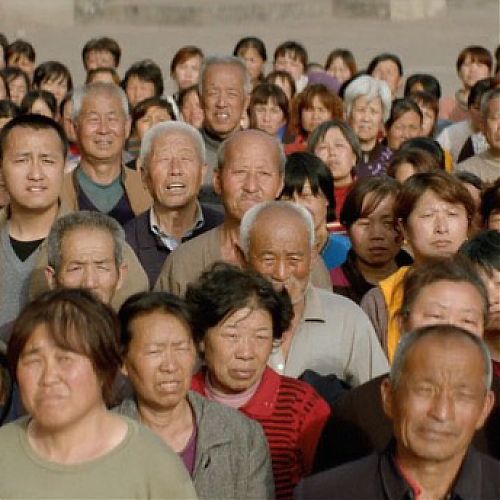Realism and the Dialectic
Editors' Note
Contributors
Culture and Neoliberalism: Raymond Williams, Friedrich Hayek, and the New Legacy of the Cultural Turn
Racheal Fest juxtaposes the work of conservative economist Friedrich Hayek and socialist cultural critic Raymond Williams in order to reevaluate how humanities scholars engage with the question of culture.
Kill the Body and the Head Will Die: Realism, Capitalism, and the Financier
Devin William Daniels examines a common background character of realist fiction, the financier, through a reading of Flaubert’s Madame Bovary in conjunction with Kim Stanley Robinson’s New York 2140.
Review Dossier
Reading Realism Dialectically: A Forum on Carloyn Lesjak’s The Afterlife of Enclosure: British Realism, Character, and the Commons
Corbin Hiday and Anna Kornbluh provide an overview of the force of Lesjak’s argument to set the stage for the following nine reflections on the book.
The One as the Many
Paul Stasi argues that, by focusing on types, Lesjak undercuts the traditional narrative that the centerpiece of the novel form is the liberal individual.
Reading Enclosure and the Global Commons with Jia Zhangke’s A Touch of Sin (2013)
Amy R. Wong Amy R. Wong expands the implications of Lesjak’s arguments about British realism to contemporary China and in particular Jia Zhangke’s A Touch of Sin.
Realism as Walmart
Zach Fruit investigates realism’s utopian potential.
Figural Reading, or, a “Weak Messianic” Undercurrent in Literary Criticism
Thomas A. Laughlin argues that Lesjak’s dialectical reading is in fact closer to an Auerbachian “figural reading.”
Realism’s Unenclosed Spots of Commonness
Emily Steinlight highlights how Lesjak’s ability to link realism’s emphasis on what is “common” to the commons offers hope for collective activity now.
Figure/Ground
Ronjaunee Chatterjee examines Lesjak’s focus on “the language of figuration,” and how that focus highlights the “figurative trouble” that haunts the history of enclosure.
Fagin's Last Words
Nancy Armstrong examines Charles Dickens’ “character systems” via Lesjak’s use of type and especially in terms of the character Fagin from Oliver Twist.
Get It Together
Rithika Ramamurthy examines the contemporary political implications of Lesjak’s study of nineteenth-century realism, especially in terms of collective action within higher education.
Sameness
Bruce Robbins underscores the role of racial capitalism in the history Lesjak mobilizes in her reading of nineteenth-century realism, as well as her calls for present collectivity through the commons.
Book Reviews
Surrogacy, Value, and Social Reproduction: A Review of Full Surrogacy Now
Natalie Suzelis reviews Full Surrogacy Now: Feminism Against Family by Sophie Lewis.
